STRIDE WIDTH TEST
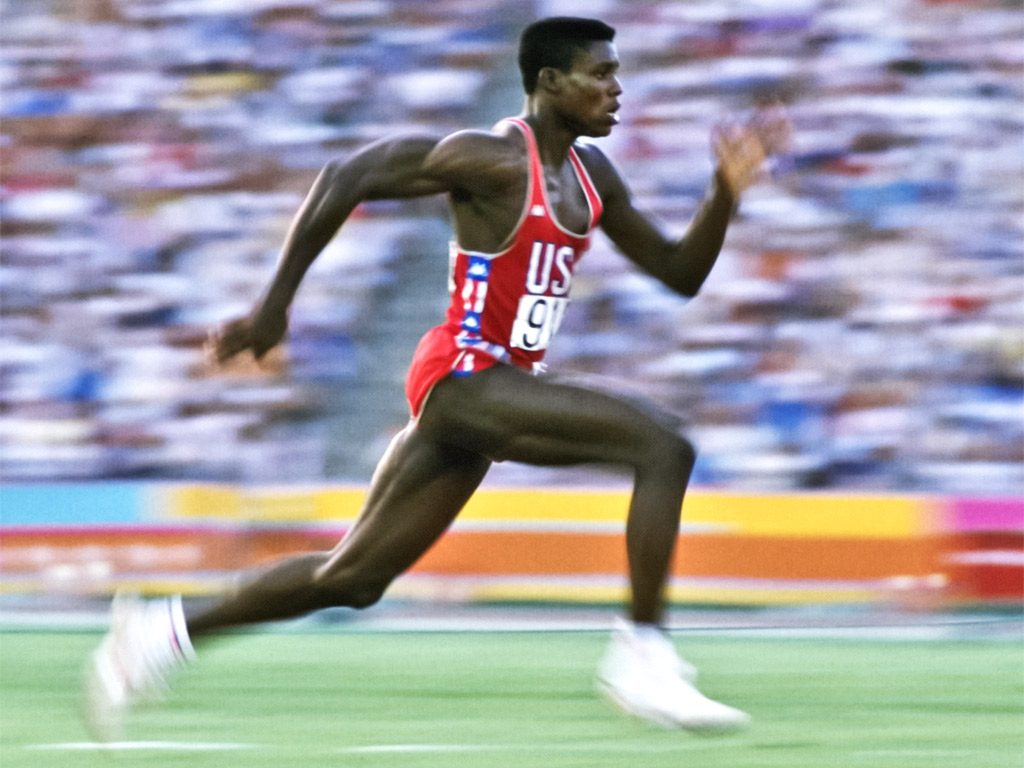
I’m going to start a new series of Articles where I will take a research article that is either recent or older and show how we can gather information from the article and use it toward our training. I always find it frustrating that these great pieces of research come out and we really don’t know what to do with it or where to go with it especially when the researchers write that further investigation needs to be conducted in order to come to some kind of conclusion which seems to stife any movement forward on the idea.
I think the first hurdle that I hit with something like this is when Peter Weyand’s original research came out on vertical force and nobody really knew what to do with it. Some people thought just by deadlifting more weight they would run faster based on applying more Force to the ground or other people just skipped it altogether. Dan Fichter went out and rented an ice rink and ran across it to prove there was no horizontal force. You can see the video still on the recent documentary about Usain Bolt.
The first piece of research that we will look at is a recent piece that came out in the spring of 2017 entitled “Association of step with with accelerated sprinting performance and ground reaction force”. It is a very interesting piece because it is the first time someone looked at stride width instead of stride length. Ryu Nagahara is the head researcher on this piece where he had 52 m of force plate and could measure the width between legs in an acceleration up to that distance.
The goal of Nagahara was to determine if stride width plays a role in the various stages of running speed. As stated in his paper, “a wider stride width induces Greater Medial ground reaction force where is it narrower or crossover stride with induces lateral Ground Forces”. This could force mean that the mean propulsive drive more straight and horizontal in nature. The narrower acceleration will create a drive that is diagonal which will create a counterbalancing arm drive that takes the body out of a good position.
The narrower stance could also lead to a foot contact that would make it difficult to drive to the big toe and get a more forward drive. Also, with a contact more on the lateral part of the foot, the brain will be less likely to give more power to a structure that it does not feel is as stable. It would be interesting to see the impact of initial (block clearance) velocity has on the narrower contact, kind of like a bike starting out slowly, it wobbles back and forth. More on that later in a future article. Also, a narrower stance puts more pressure on the lateral chain which loses its stiffness when stretch.
Nagahara thought that a wider stride width may be a feasible way to produce greater propulsive force during the support phase when sprinting around the middle of accel phase due to more adductor usage. I also believe that the wider stance allows for greater ability to get to the big toe and more use of the lateral chain for stiffness. The wider stance allows for the swing leg hip to carry higher which will delay the contact time and increase flight time to allow the swing leg to land further under the center of mass.
His conclusion is the importance of a relatively wide stride width for achieving better sprint performance from a macroscopic perspective, even though the benefit of wider stride width may have no impact on stride length or frequency.”
So, how wide is good for his population? Out of the blocks, 13 inches. By 7m, 8 inches. At top speed, 2-3 inches.
To see if this really worked, I put the 1080 to work. I had an athlete’s focus on a narrow acceleration and a wide acceleration and I measured their power, force and speed. Everyone had improved numbers when we focused on width. Below is an example of what I saw with the 1080.
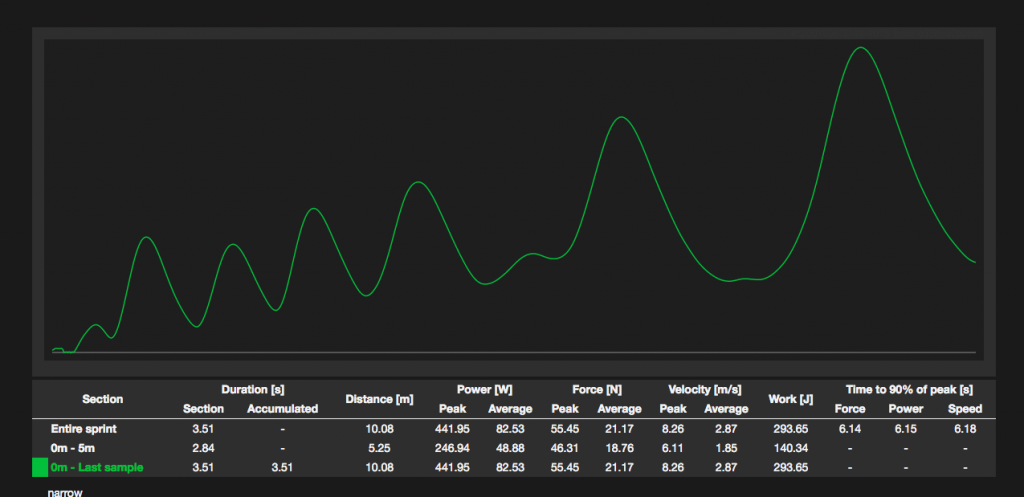
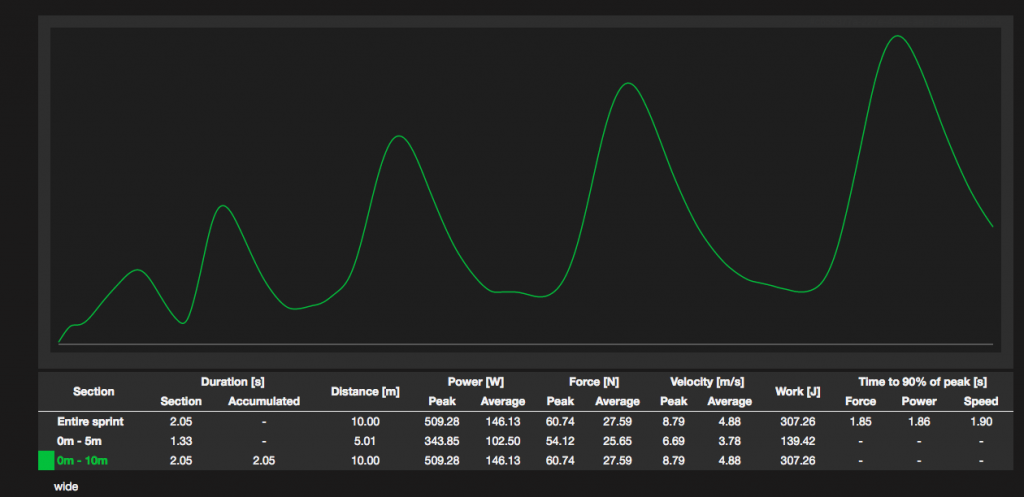
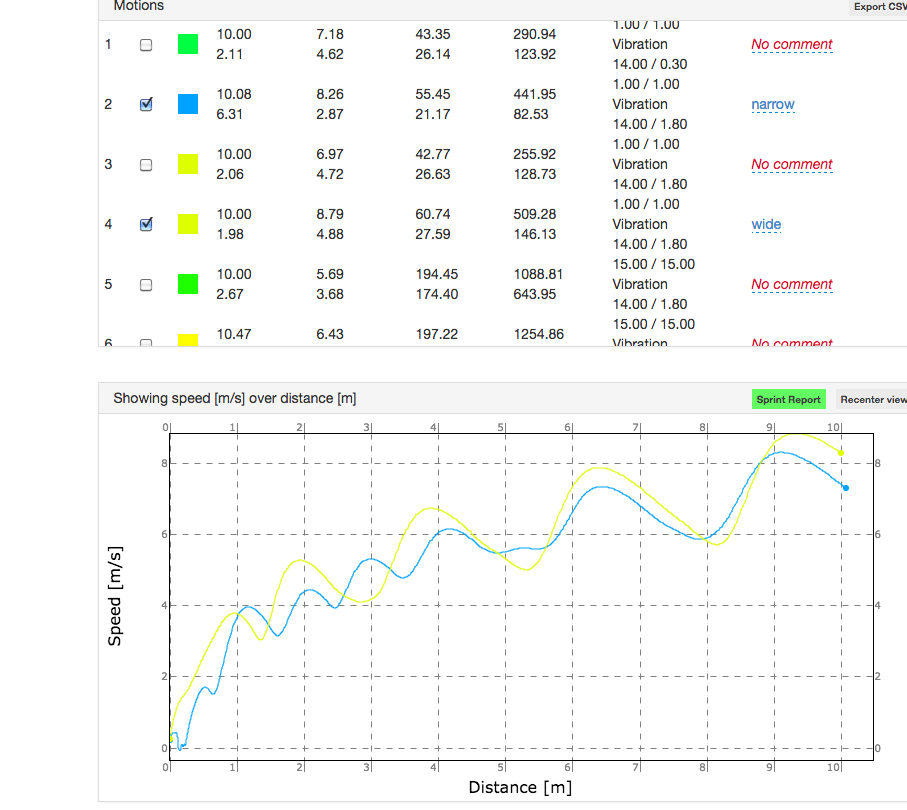
Here is another athlete
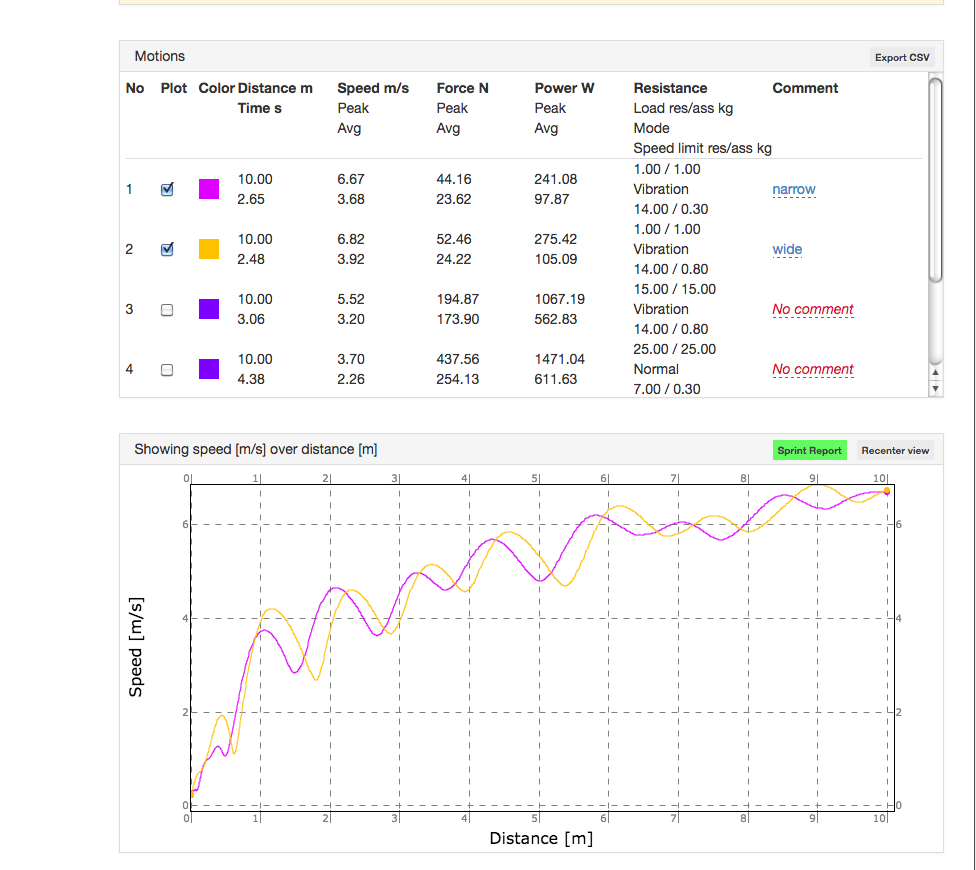
As you can see from the data when this athlete accelerates from the three-point stance in a narrow fashion, his power output is greatly reduced and his speed is greatly reduced. When he work for width, his speed and power are greatly improved. This has been a universal trend while watching athletes Accelerate from behind while sitting on the 1080.
So, how do I train for something like that? Also to go along the same concept in the acceleration phase I have used cardboard cutouts to work on the width of the acceleration. I don’t like the suspended pipes because the foot height will not be as high as it would be in a Sprint. But still I want to have a target for the athlete to miss in order to learn how to develop that with.
So here are Some ideas that I have used to help develop stride width characteristic. For long time I’ve used a line on a track to develop this quality. And the line was usually about an inch or two wide. The problem that I found with this is that athletes could put their foot in the white right place but the rest of their body would be out of line. To help counter this problem, I would have athletes run with their arms over their head. But I think I have found a better way to deal with this trait. I have created a suspended line. I have taken two inch and three inch PVC pipe, and I have suspended the pipe on a quarter inch of pipe. All pipe is suspended about 3 inches off the ground. The athlete will run over the pipe much like they would run over line. However, unlike a line, the pipe creates more of a target for them to not hit. This will force the foot to come down in the air in a wider position. this is been a great training tool that gets the athlete two more look like someone who runs wide.
This is an athlete who has had 1 training session with me. Here is his first run over the mini hurdles.
Notice how he naturally likes to cross.
Here he is going over the pipe.
It forces him to step wider than before. I recognize it is wider than the 2-3” distance that the research finds. But the athletes report more activity on their lateral chain and more drive to big toe. If the goal of your drills is to get the body to recognize a better movement pattern, or have a good targets for movement, this is a nice alternative.
For acceleration, I have cut out a cardboard that replicates the proposed width and we start over the top so the athlete has a target for width. I have taken it out to 10m. For athletes who like to “run the line”, I have narrower cutouts to build up to width. But, if you drill for width, sometimes just knowing helps.


I notice in the pipe run he is trying hard not to hit the pipe so both feet are missing by what looks like an inch or so. I’m sure you’ve thought of this already but if you used a smaller diameter pipe may 1/2 to 1 inch, then maybe when he over compensates he will be right on.
Also I have tried this with my son running a 40 yard dash (concentrating on wider at start and filming it ) and it improved his time by .05 after only 1 run. I will do more later, I also use electronic timers for all his runs to remove any human error and run a 10m fly at the end of his 40. His fly time was unchanged running the fly but not running with a wider stance either.